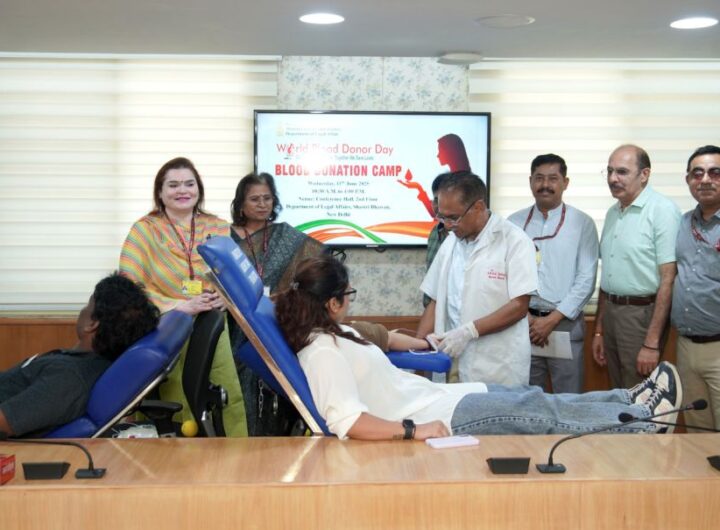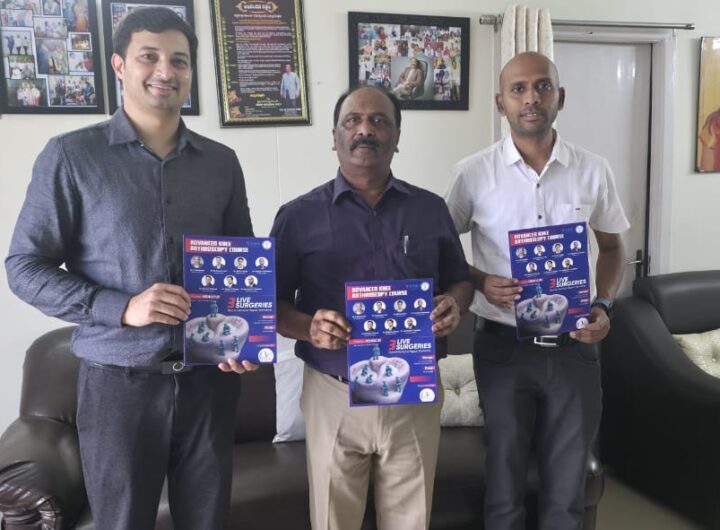Reveals ‘The 2020 Millennial Loan-o-Nomics’ by CASHe
- Loan demand for Rs 10k-50k loan value category topped the borrowing charts, 60% in 2020 compared to 43% in 2019
- A two-month loan tenor was most-preferred in 2020, compared to six-month loan tenor in 2019
- Loan demand was consistent from Metros with highest from Bengaluru followed by Hyderabad, Chennai and Mumbai
- Most loans were applied by borrowers using Andriod phones with Samsung, Xiaomi and Vivo around the Republic Day and Valentine’s Day followed by Diwali

CASHe, India’s leading digital lending company for young salaried professionals, today released its 2020 report on the millennials key borrowing and spending habits. According to the report, emergency fund requirement during COVID-19 like Medical Expenses and Credit Refinancing topped the chart for reasons why millennial availed digital loans in 2020. There was a surge in loan demand for home renovation and Shopping post the lockdown. As compared to the trend in 2019 borrowing by the millennials were skewed towards purchase of consumer durables. This is the third edition of ‘Millennial Loan-o-Nomics’ by CASHe. The 2020 report analyzed data of an active pool of over 400,000 loan applications received from customers outlining multiple data points and key insights showcasing the typical consumption patterns, buying behavior and borrowing habits of millennials across India.
The Covid-19 pandemic has led to a massive push to the digital lending ecosystem with the rise in the number of digital lending apps. The findings delineate an astute, young population with financial aptitude much ahead of its previous generations. Most millennials prefer to move out of their parent’s place thus embarking on a journey of financial independence. With the pandemic creating a heavy impact on the Indian job situation, is thus the reason why 16% of millennials availed loans for credit refinancing in 2020 which was not a borrowing pattern seen in 2019. Averse to the manner in which millennials are perceived, the CASHe data clearly outlines the purpose of borrowing among this category being need-oriented rather than redundant.
Surprisingly, while women are perceived to have made impressive strides to become financially independent, the survey reveals that only 10% of borrowers are female, suggesting that Indian women, despite rising representation in the workforce, as well in entrepreneurial positions continue to remain conservative with borrowing decisions. Bengaluru soars ahead in terms of millennial credit demand followed by Hyderabad, Chennai, Mumbai, Pune, Gurugram and Kolkata. Older millennials, between the ages of 30-40 accounted for about 51% of the loans taken, whereas the millennial cohort earning in the 10k-25k category presented the highest number of borrowers at 41%, as compared to the 25k – 50k category that borrowed the most in 2019.
The data showcased that the average frequency of repeat loans in 2020 was 147 days, compared to 71 days in 2019 and 66% of the applicants were repeat users in 2020. Loan demand was highest (81%) from millennials earning between Rs. 10,000 – Rs. 50, 000. In terms of loan size, most millennials (76%) preferred small ticket loans ranging between Rs. 10,000 – Rs. 50, 000 and the data indicated a significant credit demand from near-prime and prime millennial accounting for approximately 71%. This reinforces the idea that millennials are actually quite financially disciplined – repaying loans on time and dispelling their image of being irresponsible spendthrifts.
On the occasion, CEO of CASHe, Mr. Yogi Sadana said, “The pandemic has created a spurt in digital payments and digital lending in India that are seeking to address the unmet credit needs of young salaried millennials and underbanked individuals. Being the country with the highest youth population, it is integral to understand the sentiments of the millennials and help them meet their aspirations. This data allows us to understand their spending and borrowing behavior, while reflecting on where they are currently in their lives — settling down, renting out, new job, starting families’ etc. CASHe believes millennials are ‘achievers’ – independent at an early age and nurturing the attitude to grow while combating multiple challenges through financial discipline”
The customer analysis also divulges certain fascinating, novel insights. Considering India’s rapid smartphone penetration, 90% of loans were availed by Android phone users as compared to iOS users making Samsung, Xiaomi and Vivo the most preferred handsets for the cohort. Despite the stark differences between the spending habits of millennials and Gen X, some things remain comfortingly constant. What drives the spending habit of most of our country’s population is the annual/calendar sale offered by most of the leading E-commerce portals. Therefore Republic Day, Valentine’s Day and Diwali ranked among the top occasions when millennial availed digital loans.
“Lockdown restrictions have led to the complete digitization of loan disbursal and repayment processes resulting in approving a loan application in 5-10 minutes. With a large population falling under the young salaried millennials category, legitimate digital lenders are now tying up with leading banks to not only make credit accessible but also cater to their unmet demands. Today, millennials are redefining the Indian consumer story and thus have the potential to deliver the country from the current economic upheaval. It is therefore essential to create an ecosystem that matches their needs, while driving initiatives to bridge the gap between male and female borrowing, in order to truly create a financially inclusive economy” Yogi Sadana further added.


 Legal Affairs Department Steps Forward with Blood Donation Drive Ahead of World Blood Donor Day
Legal Affairs Department Steps Forward with Blood Donation Drive Ahead of World Blood Donor Day  Shiprocket Partners with Fynd to Transform Last-Mile Delivery for D2C Brands
Shiprocket Partners with Fynd to Transform Last-Mile Delivery for D2C Brands  Tata AIA Delivers Benchmark-Beating Fund Performance Across Its ULIP Offerings
Tata AIA Delivers Benchmark-Beating Fund Performance Across Its ULIP Offerings  Surging ahead: Škoda Auto outlines framework to strengthen India growth plan
Surging ahead: Škoda Auto outlines framework to strengthen India growth plan  Over 150 Orthopedic Doctors come together to attend Symposium on Knee Injuries at Vizag
Over 150 Orthopedic Doctors come together to attend Symposium on Knee Injuries at Vizag